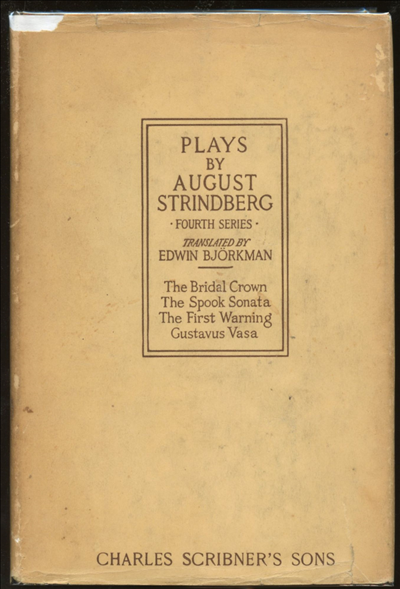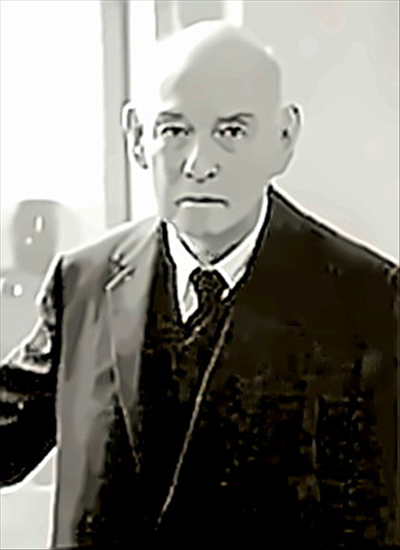“Crystal Gazer”: A Different Kind of Globe

Revisions to Plath’s poem “Crystal Gazer” were discussed in Hughes’ October 1956 letters, but Plath’s calendar notes reveal that she wrote 24 lines (probably the first four stanzas) on June 3, 1956 and worked on it through the next few days. On the 6th, she noted that she had barely begun reading Aristotle when she […]
“Wreath for a Bridal”: the Dysfunctional Marriage of Nations

Plath’s poem “Wreath for a Bridal” was written on May 17, 1956 and is often read strictly discussing marriage and physical union. That is of course a small part of Plath’s meaning, but as with so many of her poems, it is more substantial than simply her own autobiography. It should not be overlooked that […]
“Dialogue Between Ghost and Priest,” “Monologue at 3 a.m.,” “The Glutton,” and “November Graveyard”: The Emotional Weight of National Guilt

Pictured: The New Yorker’s celebrated editor, William Shawn Plath’s poem, “Dialogue Between Ghost and Priest” talks of the “black November” in the year of 1956 which severely escalated the Cold War. The character of “Father Shawn” may well be the editor of The New Yorker at the time, William Shawn. As an editor, Shawn seemed […]
“Soliloquy of the Solipsist”: Tyranny Talking to Itself

Given her interest in world events, Plath’s “Soliloquy of the Solipsist” appears to be her jab at Communism. This time, the military action was in Poland. In June of 1956, the Poznań Revolt had taken place in Plath’s father’s hometown. Scholar Nancy D. Hargrove dates “Soliloquy of the Solipsist” as having been written on November […]
